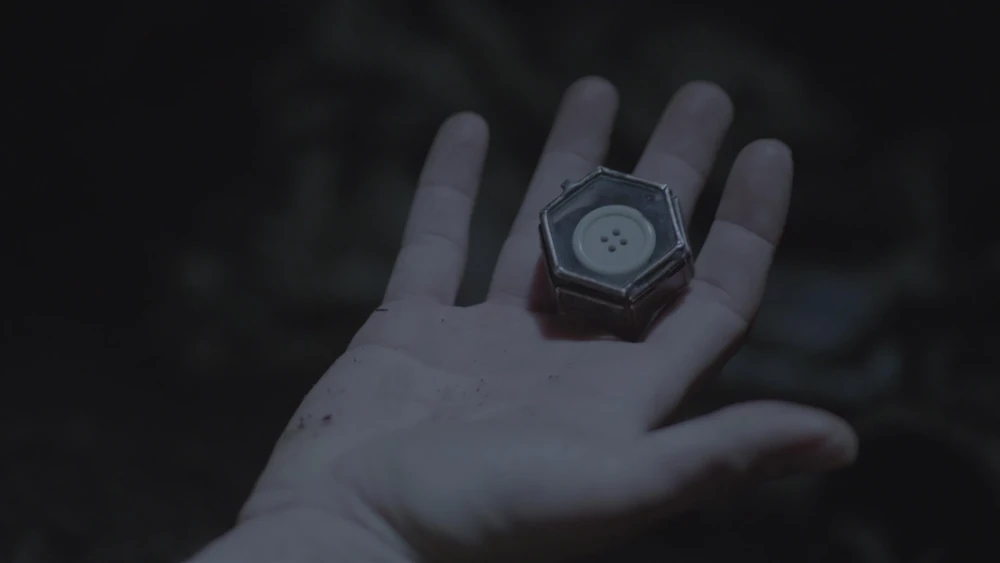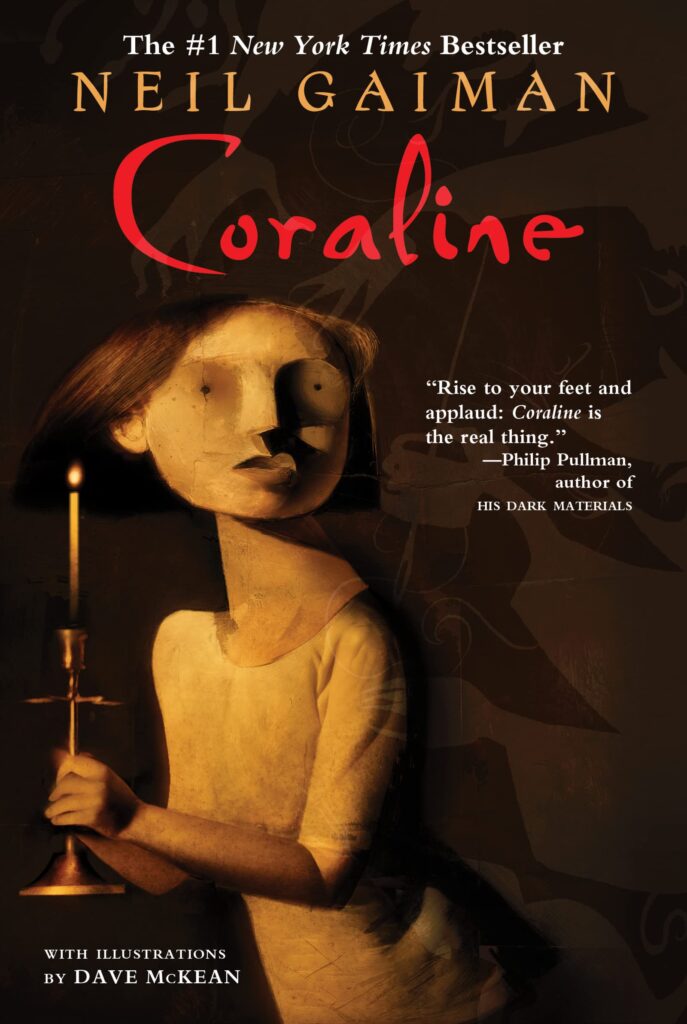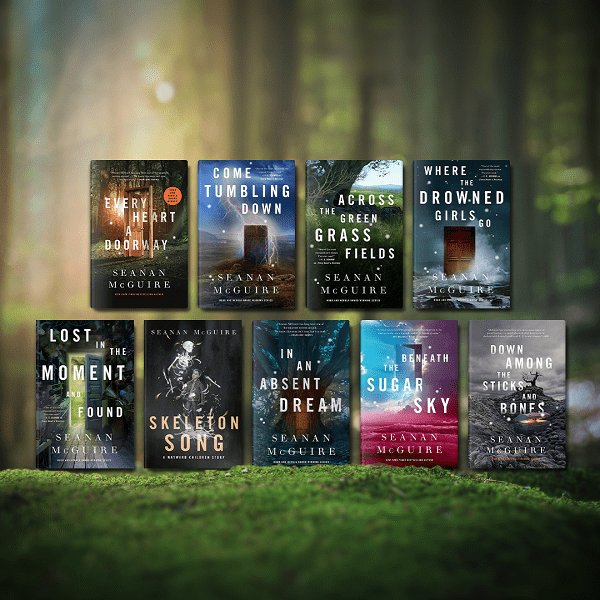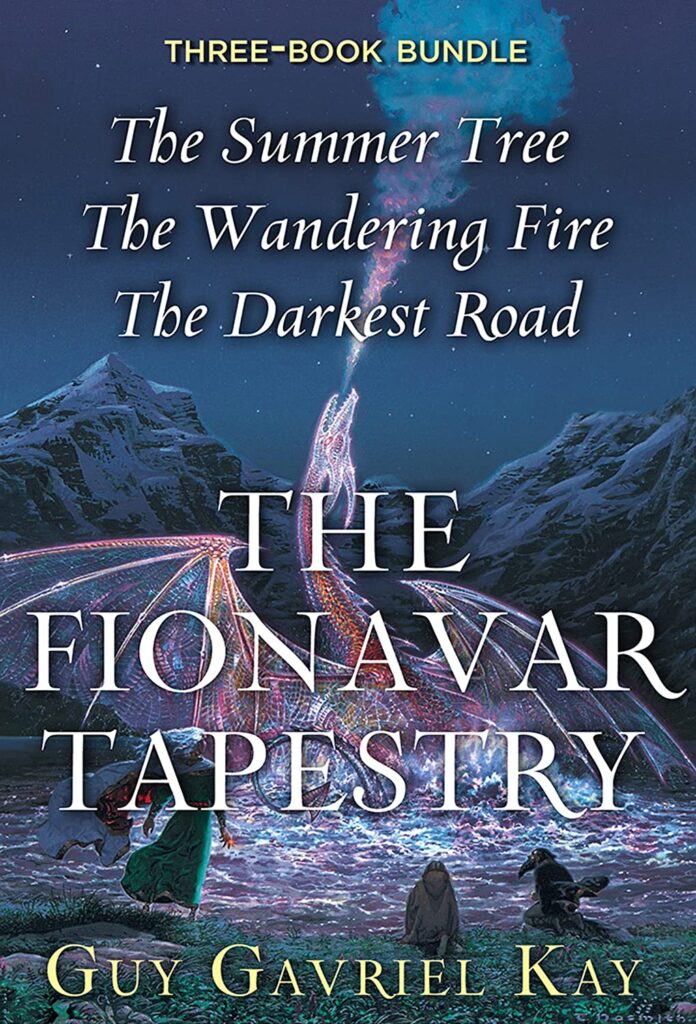The term portal fantasies can seem unfamiliar, but rest assured, you have read the prime examples of this genre! Not only read but also love these titles – Alice’s Adventures in Wonderland, The Chronicles of Narnia, and The Wizard of Oz. There is an element that ties them all – a portal! The main character discovers the portal that leads them into a new world. This portal can look like anything, from a literal door to a hole in the tree. But these take the hero – and the readers – on a fun ride to a supernatural world or travel through time.
Portals are definitely not an original idea; as with everything else, it finds its roots in mythology. Bifrost in Norse mythology, the river Styx in Greek mythology, or the burial mounds in Irish mythology that acts as the Otherworld realm entrance. Moreover, there is no clear title that takes the crown of the first work in this genre. But some do believe it is Margaret Cavendish’s The Blazing World, published in 1666. For such an ambiguous genre, it does have a firm hold on the literary world now!
As it is a part of the parent genre of speculative fiction, there is much space to explore it more creatively. However, most of these novels display a quest-like narrative, where the protagonist has to navigate this new world to solve it. So, if every other title has a similar story, what is so appealing about portal fiction, even today?
Why is Portal Fiction still Loved by Readers?
- Portal Fiction Offers the Thrill of World-hopping
Readers get addicted to reading fantasy novels primarily because of the easy way to escape reality. If these texts are set in a different world, the world-building is detailed, engrossing, and new. Portal fantasies take the same concept but may dive into not one world but a handful. There is always a focus on one place, but the story does bring your attention to the other worlds as well. Sometimes, there may not be other worlds – and the narrative will jump between the hero’s home world and the fantasy one.
As a result, portal fantasies aren’t as detailed as regular fantasy novels. The lack of details is, instead, replaced with the thrill of jumping from world to world. With this world-hopping, the readers also gain valuable insight into the protagonist’s life. There is a much closer observation of their inner workings and how they work when placed in different situations.
- It is Usually Layered with Political Commentary
Another attractive factor of portal fiction is the way it portrays the real world and societal norms. There is always a subtle commentary – especially political – hidden in the way the fantastical worlds are described. For example, the Chronicles of Narnia deals with the negative side of bureaucracy, greed on top, the lust for power, and history erasure.
Handling all these real issues without marring their fictional essence is no small feat. Portal fantasy is one of the genres that can give it proper justice to it. How? Because the different worlds provide more creative liberty and, thus, more mobility to explore such themes. And that’s what makes it relevant as well as appealing to the world.
- Portal Fantasies Take the Protagonist on a Quest for Identity
To understand how this genre equals self-discovery, you must recall Joseph Campbell’s concept of the Hero’s Journey, the quest for identity. It regales how the hero leaves their mundane home to set on a supernatural adventure. They only return to their ordinary life after the hero succeeds in their mysterious quest. According to Campbell, this journey runs parallel with the discovery of their identity. In a way, the entire story becomes an allegory for self-discovery.
The concept of identity quest applies to portal fiction. When the protagonist’s call to adventure appears in the form of a portal, their knowledge is limited to their ordinary world. Their Journey in the supernatural world evolves them, making them aware of their strengths, weaknesses, and their capabilities. Ultimately, Return back home introduces the readers to a self-aware, knowledgeable main character. In a nutshell, nothing is better than portal fantasies if you want to really understand the main character’s personality!
3 Portal Fantasies You Must Read
Alice’s Adventures in Wonderland or The Chronicles of Narnia are common examples of this genre. So, this small list offers portal fiction titles that you may not have heard of before but are equally impressive:
- Coraline – Neil Gaiman:
Neil Gaiman’s Coraline happens to be one of the perfect blends of portal narrative and the self-identity quest. The main character here, Coraline Jones, is a 9-year-old girl who discovers a door leading to a parallel universe. Everything is the same but totally different – and almost the opposite of her reality. When she returns from her short trip, Coraline finds out her real parents are missing and visits back to the other world to find them. But she finds herself battling the Other Mother!
The portal here is a seemingly regular door – big, wooden, carved and brown. Opening it introduces Coraline to a nondescript brick wall, which crumbles to reveal a hallway. Now that’s a sturdy portal! Moreover, the journey to and from between these worlds allows Coraline to realize her strength, thus concluding her identity quest.
- The Wayward Children Series – Seanan McGuire:
In Seanan McGuire’s The Wayward Children series, there is not one portal but more than four. The first book introduces us to Nancy and the doorway that leads her to the land of the dead. No one believes her when she returns – apart from the ones in her boarding school. And that is because the school is for children with similar experiences! Obviously, the friends Nancy makes here are some of the characters that star in the next novels in the series.
McGuire gives the readers a chance to explore different characters and an equally versatile set of portals. One portal leads to the dead land, while the other introduces you to the world of rainbows and candy. However, the series doesn’t comprise standalone books focusing on only one world at a time. Instead, all the instalments overlap to make an intricate web of intertwined worlds, magical doorways, and complex characters! You can’t afford to miss this enchanting portal fantasy series.
- The Fionavar Tapestry Trilogy – Guy Gavriel Kay:
In The Fionavar Tapestry trilogy, readers jump from modern-day Toronto to the magical land of Fionavar. It starts so simple – a group of five people attending a lecture by Professor Lorenzo Marcus at the University of Toronto. But their whole world turns upside down when the same professor reveals he is a mage from Fionavar. He invites them – Kim, Paul, Kevin, Jennifer, and Dave – as guests to his world. But the five friends are in for an unexpected treat when they find out the reality of this new world.
Apart from being a portal fantasy, you will see a seamless blend of Arthurian legend, Celtic myths, and interdependent worlds. However, the most impressive thing about this trilogy is the innate essence of Fionavar. This land is the one true world, while the rest are its mere reflections. Thus, the repercussions of the actions in Fionavar reflect in all the other lands, including the group’s original world!
Many compare it with Lord of the Rings, and there are a handful of obvious references too. But Kay sets his trilogy apart with his well-developed original ideas, dimensional characters, and powerful narrative.
Honorary Mentions
- Platform 9¾ – Harry Potter Series by J. K. Rowling:
Not many readers realize that the Harry Potter series has one of the best portals of all time. It is neither Diagon Alley nor the Veil of the Department of Mysteries. No, it is actually Platform 9¾! Think about it – a magical doorway between the muggle platforms, which only wizards and witches can access. It is also two-way, meaning the people can return back to the muggle world whenever they want!
- Portal Button – The Magicians by Lev Grossman:
Lev Grossman introduces us to one of the most unusual portals in his The Magicians trilogy – it’s a button! When the protagonist, Quentin Coldwater, graduates from Brakebills without a purpose, his classmate reveals something shocking. That Fillory, the fictional land of his favourite book series, is actually real – and can be accessed through a button! He and his friends decide to enter the world, which throws Quentin’s life in upheaval – for the entirety of the trilogy.
Portal fiction may not be everyone’s cup of tea. But if you are someone whose love for fantasy and sci-fi goes beyond this world – put intended – you’ll find this genre interesting. But tread around portal fantasies lightly because you may start wishing to spot a magical portal around you!




